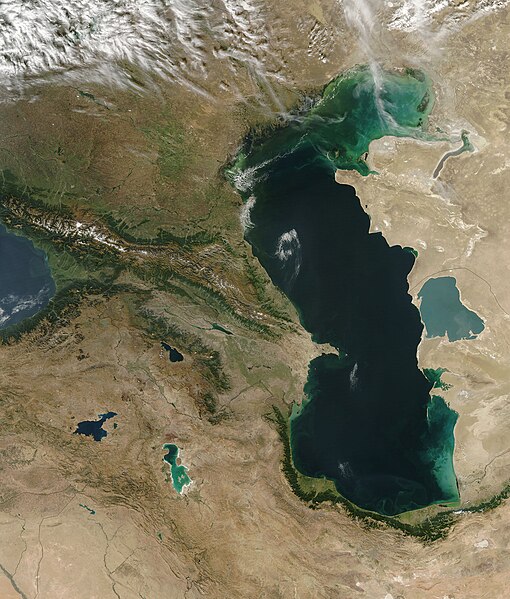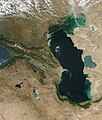Skeda:Satellite image of the Caucasus-Caspian Region.jpg

Madhësia e këtij shikimi: 510 × 599 pixel. Rezolucione të tjera: 204 × 240 pixel | 409 × 480 pixel | 654 × 768 pixel | 872 × 1.024 pixel | 1.703 × 2.000 pixel.
Dokument origjinal ((përmasa 1.703 × 2.000 px, madhësia skedës: 1,29 MB, lloji MIME: image/jpeg))
Historiku skedës
Shtypni mbi një datë/kohë për ta parë skedën siç ishte atëherë.
| Data/Koha | Miniaturë | Përmasat | Përdoruesi | Koment | |
|---|---|---|---|---|---|
| e tanishme | 26 tetor 2005 07:44 |  | 1.703 × 2.000 (1,29 MB) | Brian0918 | Caspian Sea and Georgia Sometimes referred to as the Caucasus Isthmus, the Caucasus-Caspian Region is a mixing-pot for scores of cultures. Due in part to its geographic isolation and having been in the path of numerous Eurasian migrations over the cent |
Lidhje skedash
Këto faqe lidhen tek kjo skedë:
Përdorimi global i skedës
Kjo skedë përdoret nga Wiki të tjera në vijim:
- Përdorimi në ar.wikipedia.org
- Përdorimi në ast.wikipedia.org
- Përdorimi në bg.wikipedia.org
- Përdorimi në en.wikipedia.org
- Përdorimi në fr.wikipedia.org
- Përdorimi në fr.wiktionary.org
- Përdorimi në gcr.wikipedia.org
- Përdorimi në ky.wikipedia.org
- Përdorimi në mg.wikipedia.org
- Përdorimi në nn.wikipedia.org
- Përdorimi në no.wikipedia.org
- Përdorimi në oc.wikipedia.org
- Përdorimi në pt.wikibooks.org

